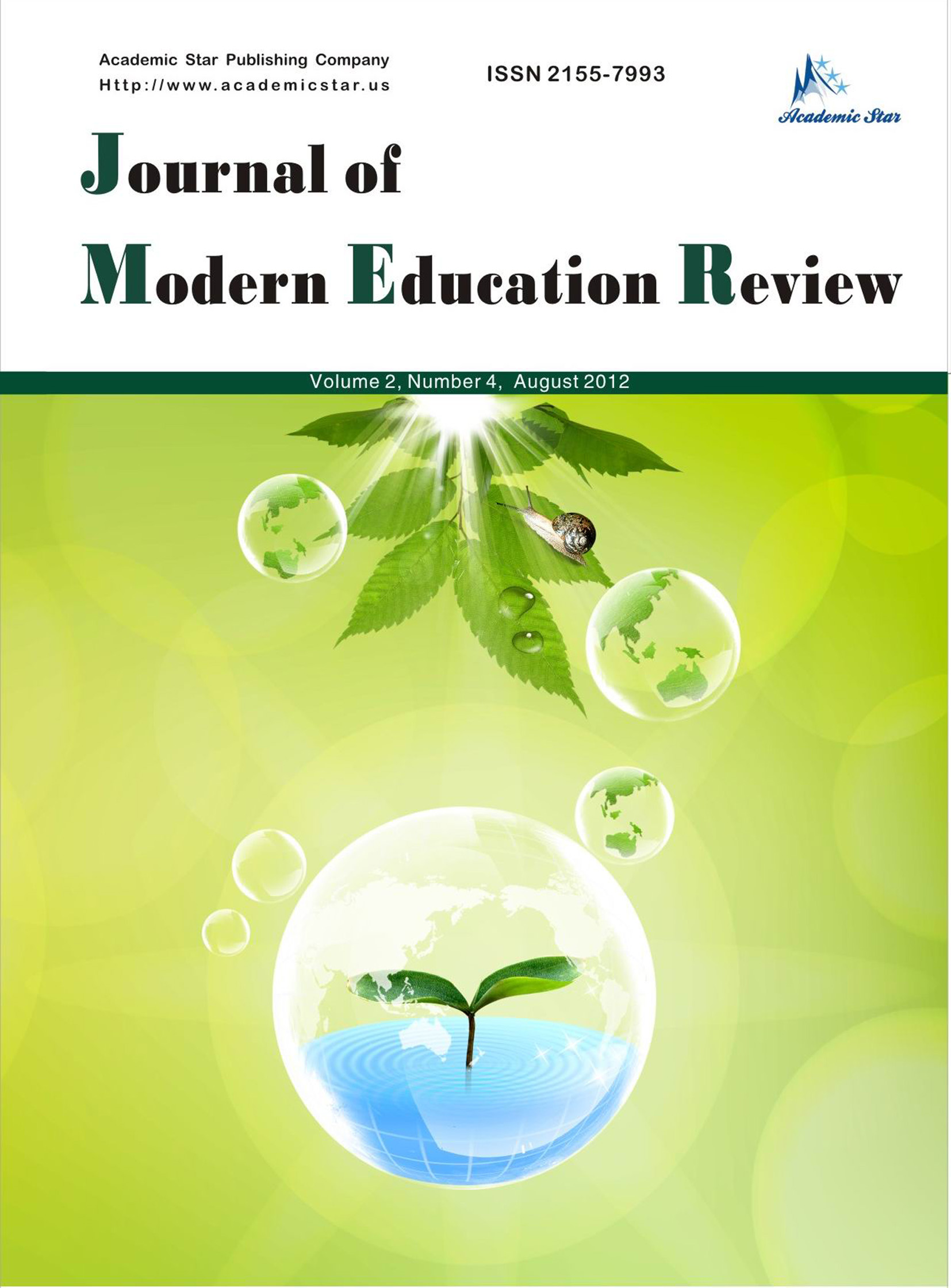Humanities

- ISSN: 2155-7993
- Journal of Modern Education Review
When Color Turns into Setting: Ways and Means of the Use of
Solid Colors in Goya’s Painting
Eva Sebbagh
(University of Paris-Sorbonne, France)
Abstract: Where does the scene take place? Most of the time, this simple question cannot be answered in front of Goya’s works. In emblematic paintings such as The Clothed Maja and The Nude Maja, the Second of May 1808 or Saturn Devouring His Son, the blurring of the foreground and the background produced by the introduction of dark solid colors prevents the precise identification of any referential context. Many portraits and still lifes also show this particular but never commented practice — sometimes intensified by subtle shades or trichromatic palettes — that invests color with an unusual structuring function. What are the terms of such a material abstraction? How do things stand regarding the artistic and public impact of this pictorial treatment? This paper aims to offer some basic lines to better understand the implications of color’s conversion into a full-blown setting in Goya’s paintings by analyzing their distinctive chromatic restrictions and comparing them with the ones of contemporary artists like Thomas Gainsborough, Anton Raphael Mengs or Elisabeth Louise Vigée Le Brun. In doing so the study brings out Goya’s original tendency to prevent any contextualization to the advantage of chromatic prominence in his compositions and finally underlines the decisive role of his pioneering use of solid colors in the invention of modern art.
Key words: Goya, painting, solid colors, setting, referentiality, abstraction






